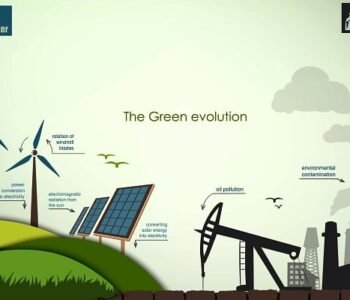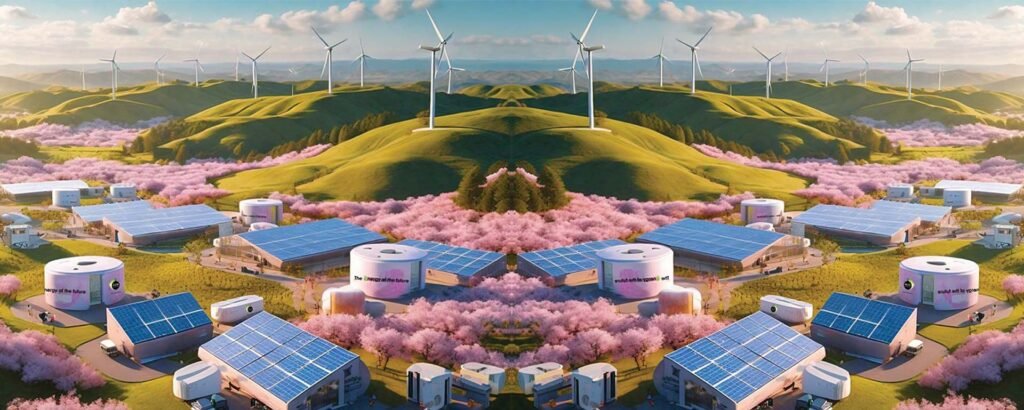 Energy Storage Solution
Energy Storage Solution
Energy Stoarge Latest
February 8, 2021
Dear Reader,
“Renewable energy has come a long way in the past decade, and it’s still trending upward going into 2021. These days, “carbon-efficient, all-natural” energy is the norm, incorporated into everyday life with an irreversible effect on society.
The International Renewable Energy Agency (IRENA) names renewable energy the backbone of global development and climate strategy.
In other words, our world has become dependent on renewable energy. Production has increased exponentially and the world has doubled its capacity over the past decade. But the main contributor to renewable energy’s success is the way in which we store that energy. It has an enormous shelf life, which increases demand.
In fact, this growth will increase by 13 times in grid-scale storage by 2024.
This is a monetary equivalent of $71 billion.
Global Market Insights sees energy storage systems reaching $500 billion by 2025.
Energy storage including lithium batteries, solar panels, and microinverter-based storage systems allows this renewable energy boom to continue.
Not to mention energy storage also allows for a massive opportunity to enter the market in a very solid and secure way.
And I happen to have three red-hot energy storage stocks that can get you started in profiting from the renewable energy industry.”
Sorce: by wealth daily







